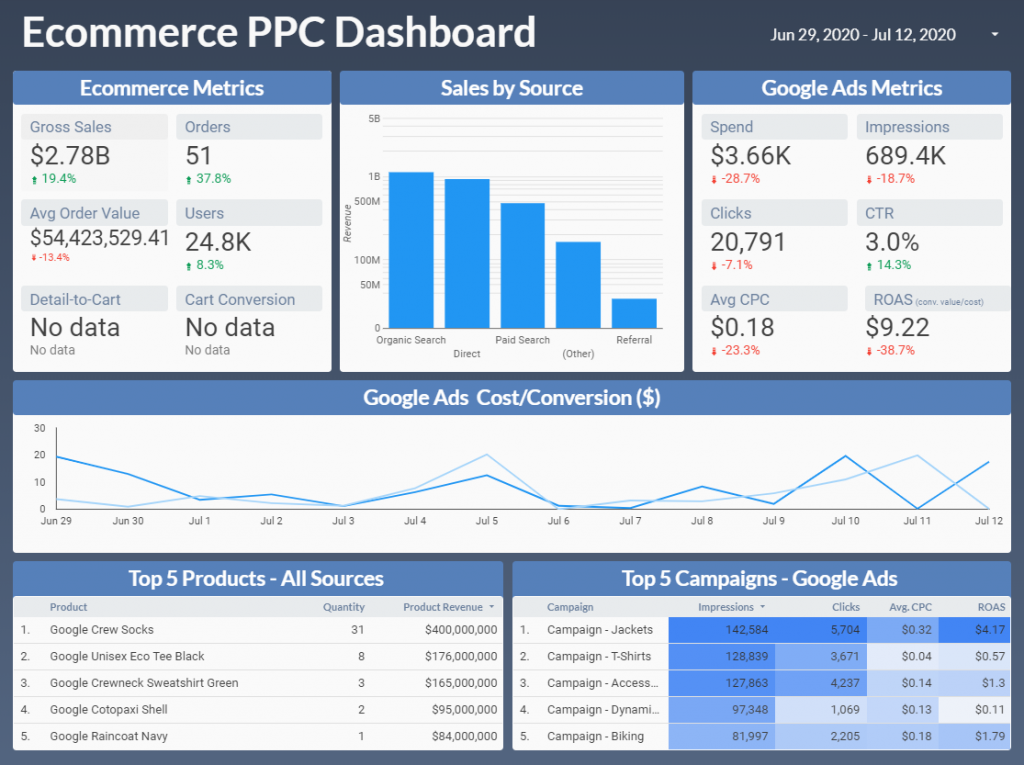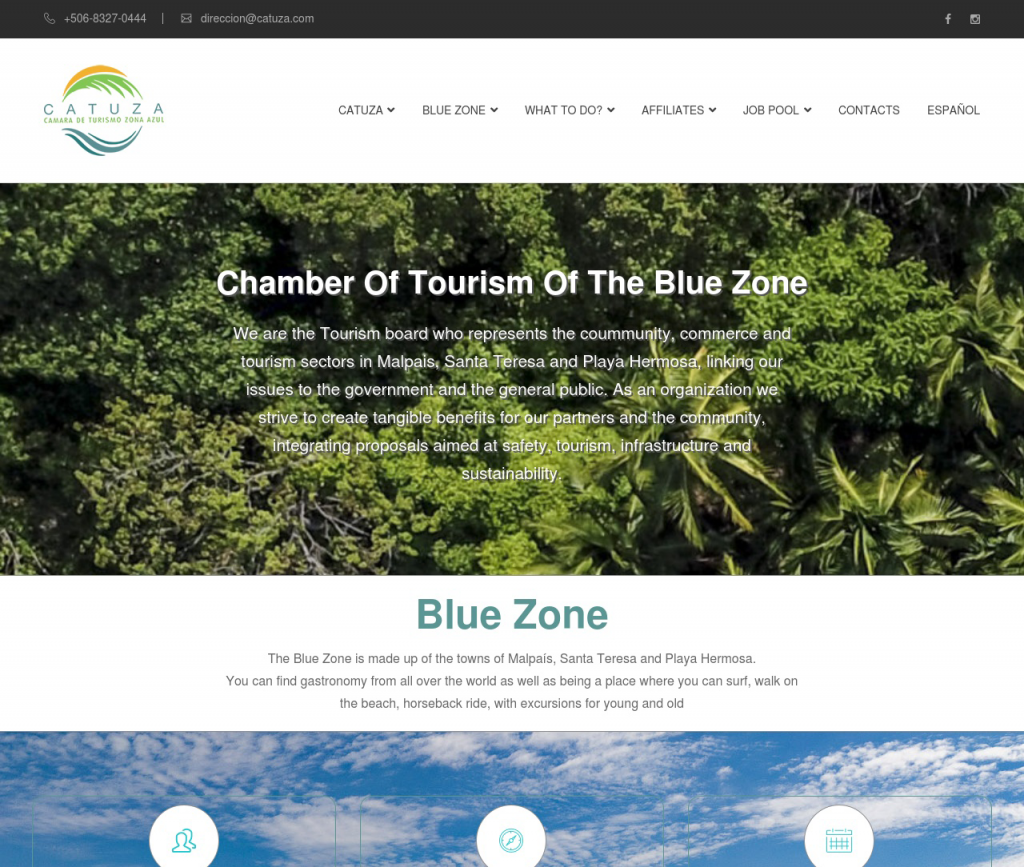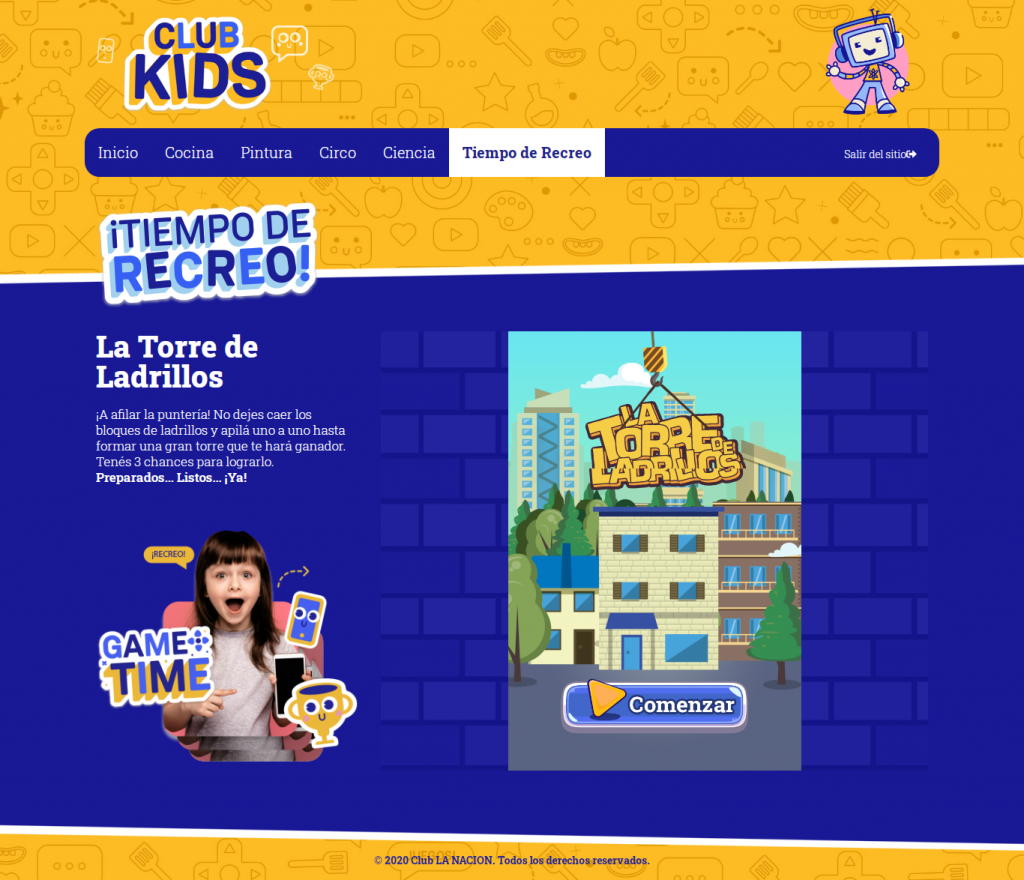SEO
SEO is the backbone of any digital marketing strategy. SEO is the practice to increase the quality and quantity of traffic to your website through organic search.
Traffic quality: imagine you sell fishing rods online, and Google is directing people looking to buy shirts to your site. In this example, there is a quantity of traffic, but not quality.
Amount of traffic: Once you have a defined audience and search engines are directing your potential customers to your page (SERP), the more traffic, the better.
How does SEO works?
Google, or any search engine, collects information about all content on the internet. Once the query is placed in Google, the algorithm that matches the search with the possible results begins. Sorting the results in order of probability, trying to find the expected result in the first results.
Many factors affect the algorithm so that Google or any search engine considers your page, here are a few:
Links – Keywords – domain-level – Content – trust rank – Social Metrics – Titles, meta descriptions, ALT attributes, tags, and URLs – User experience (UX) – Mobile Friendly – etc.
SEO is continuously done, and the results are seen in the medium to long term. You have to use the right tools and be consistent, and there is no SEO improvement from one day to the next.
As there are several factors that must be improved to enhance SEO, there are several tools to analyze and refine those factors such as Google Search Console – Bing webmaster tools – Google Analytics – Yoast SEO – Keyword Planner – Schema – Page speed insight- etc

Media Ads Management
Paid advertising is an effective and fast way to attract relevant traffic to your website. Paid web traffic consists of visitors arriving at your website after clicking on your ad. The ad can be placed in several places: Display ads (banners on other websites), Paid search (search engines show the ads in their searches – Google Ads), Social Media ads (ads displayed on social networks).
Here is the secret of social networks and Google (more than 80% of Google’s profits are due to advertising); they know their users perfectly. They gather all the information: age, gender, interests, affinities, users’ location, whether they are online buyers or not, language, what type of smartphone they use, what time of day they use the internet, etc.
How does PPC (Pay per click) works?
The PPC system is known as an automatic online auction. Search engines like Google determine what notice to put on each search.
For example, Your business specializes in surfing and posted an ad on Google.
To buy a surfboard, a user googles “surfboard.” At the time of the search, Google decides who appears among the advertisements and in what order.
For your ad to appear correctly to your targeted customer, it is essential to define the target, price, and keywords strategically so that advertising is as efficient and effective as possible.

Web Analysis
Web Analytics is the collection of data from all visitors to your page. From how many people see it to the creation of your funnel. Long ago, the era of newspaper or television commercials is over, where you did not know the precise result. We are in the age of knowing exactly what works, what doesn’t, and what the exact results are.
Why do I need to have a Web Analytic of my page?
To know how much traffic does your website has and from which changes is it coming from. To identify what is the conversion rate of each channel (Organic – Payment – Social Media – Referrals – Direct Traffic – Email campaigns). To understand what are the most visited pages, where your visitors live, what language they speak, age, sex.
You have to continually review the page in all its dimensions, not only the data but also the design. To do this, heat maps, click maps, A / B tests are constantly made. So that the page is dynamic and alive. Doing these constantly analyzes is where we can identify how to improve the website. Improve CTR (click-through rate) of CTA (call to action). And so, improve the visitor experience.

Website Development
Developing a successful digital product is a complex process that consists of responding to the needs of the market and users; providing an exceptional user experience is essential. It requires applying innovative solutions and following reliable processes. We believe that finding solutions that match each customer’s unique business objectives is critical. Our customers will be able to build a successful product from scratch or increase the performance of an existing one, adjusting the technologies to the needs of the market and users. We understand that a Website is an extension of the brand and a virtual experience for its consumers. That is why we care about knowing our customer’s business to fully understand their market and be able to provide the best solution.
We chose the technologies depending on the functionality and objectives of the website. Once the goals are defined, we create a schedule with the process and steps to follow. Our sites use the most updated technologies to achieve an excellent positioning in the search engines, adaptability in all browsers and devices. We chose the technologies depending on the functionality and objectives of the website. Once the goals are defined, we create a schedule with the process and steps to follow. Our websites use the most updated technologies to achieve an excellent positioning in the search engines, adaptability in all browsers and devices..
We offer a complete range of applications, from an institutional site, through blogs where you manage your content and publications, to e-commerce. Since this is a creative process, website development is a service where we work in constant communication with our customers. We offer a complete range of applications, from an institutional site, through blogs where you manage your content and publications, to e-commerce. Since this is a creative process, website development is a service where we work in constant communication with our customers.



